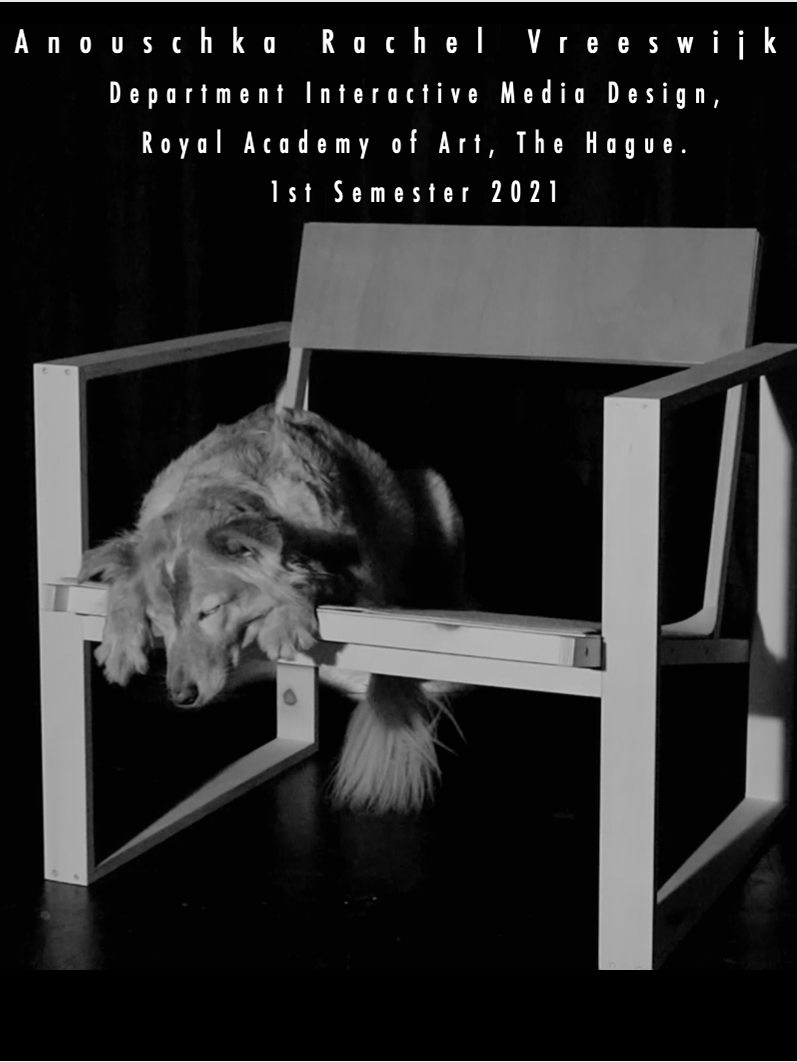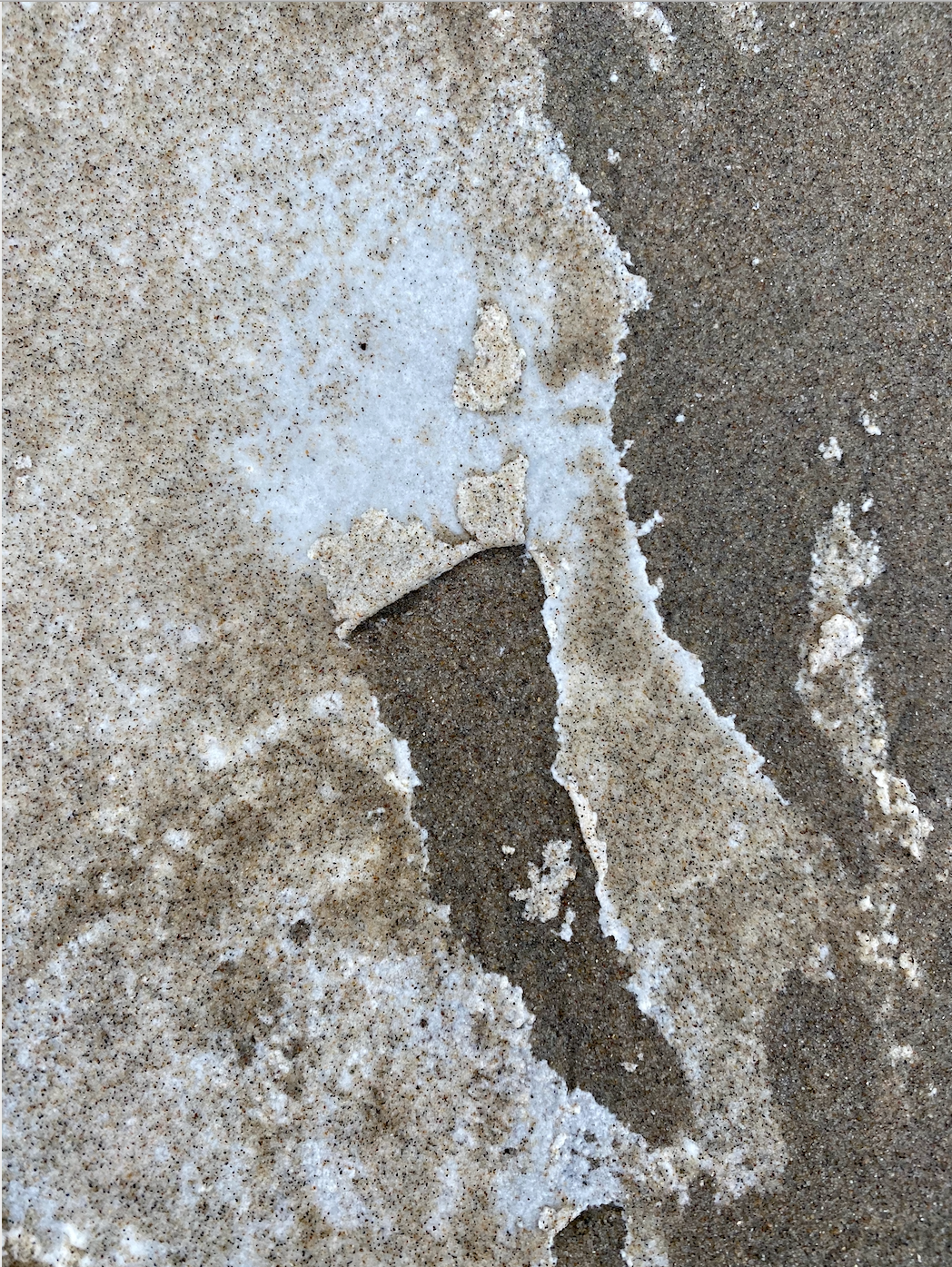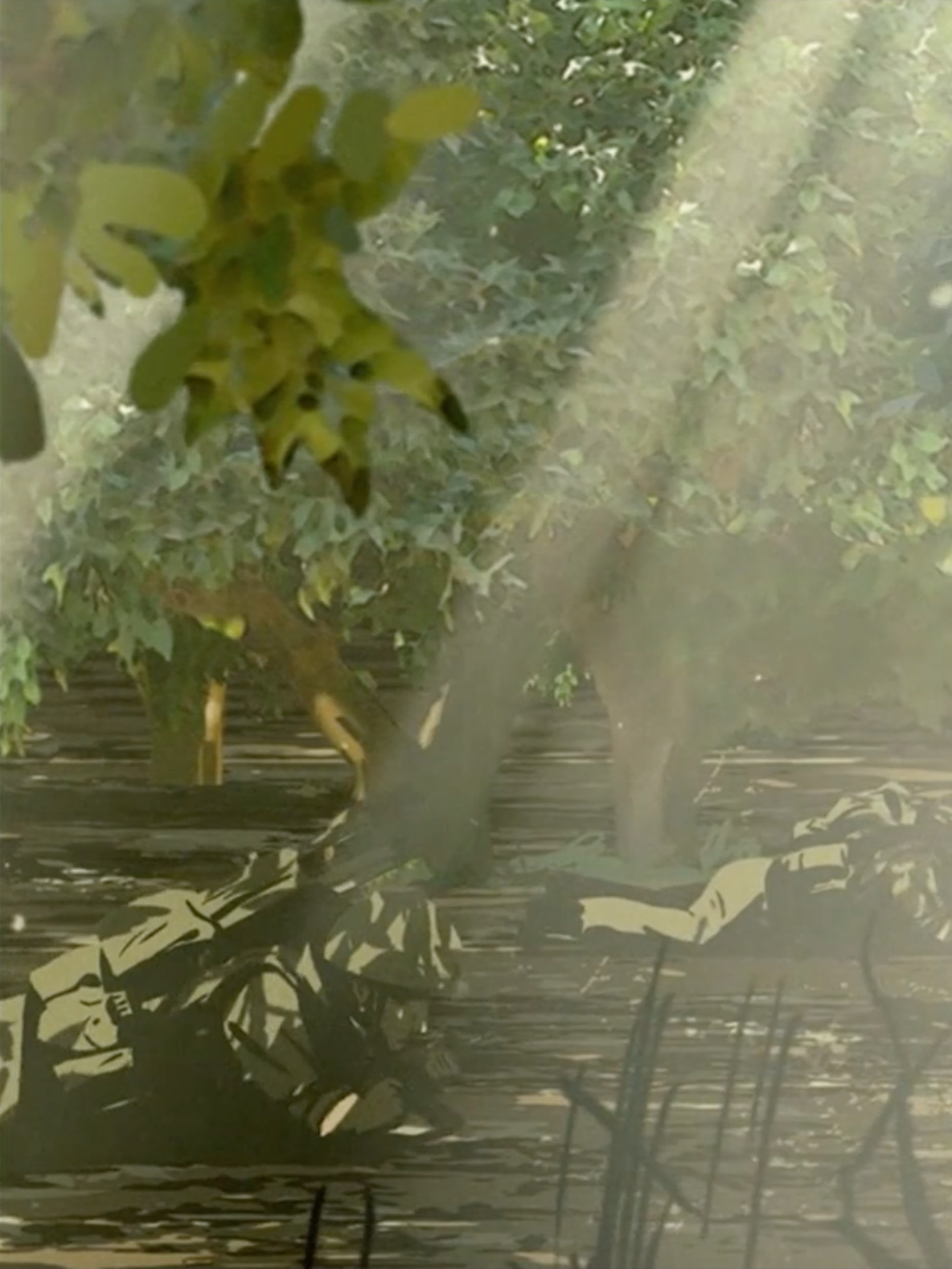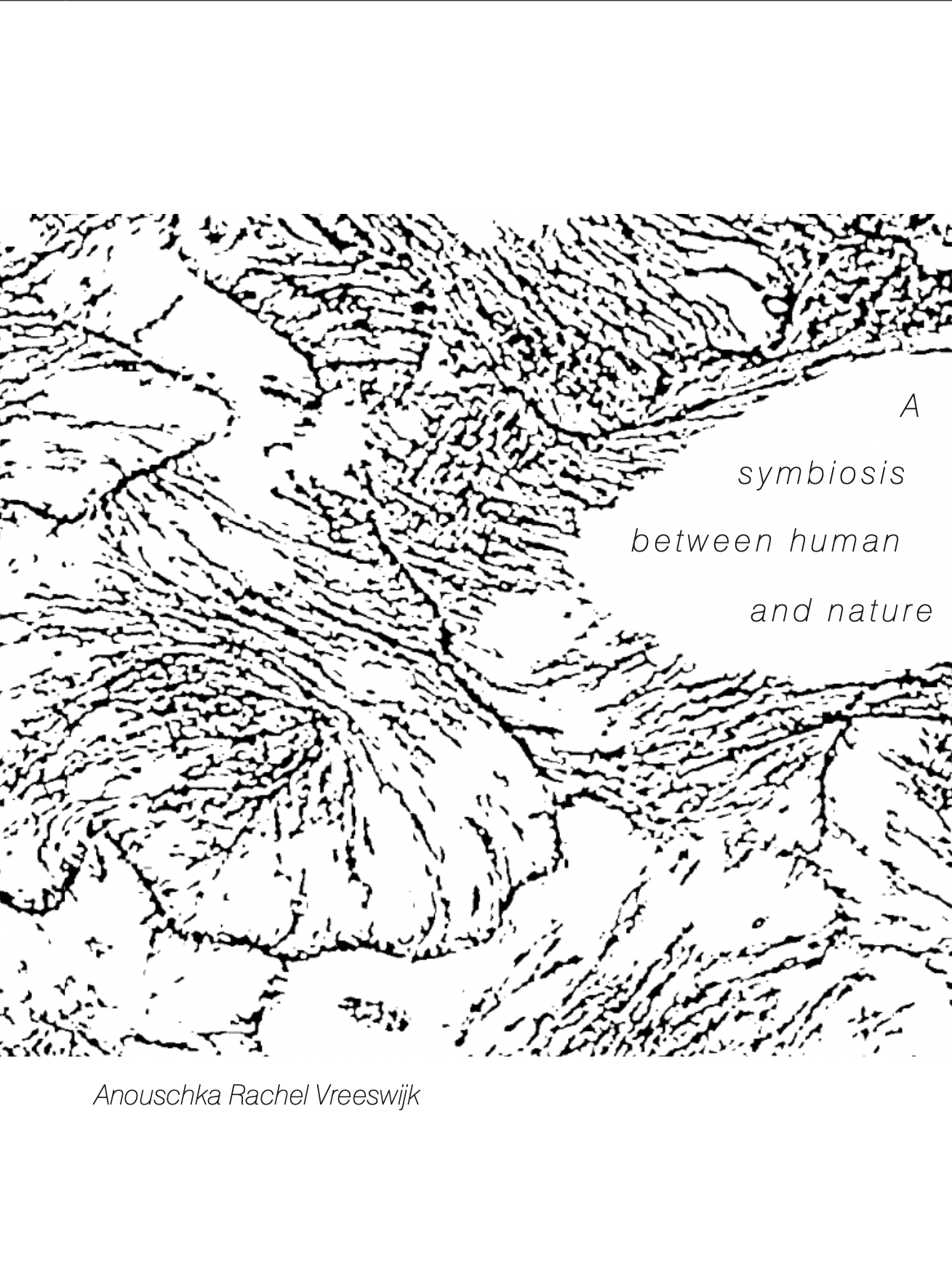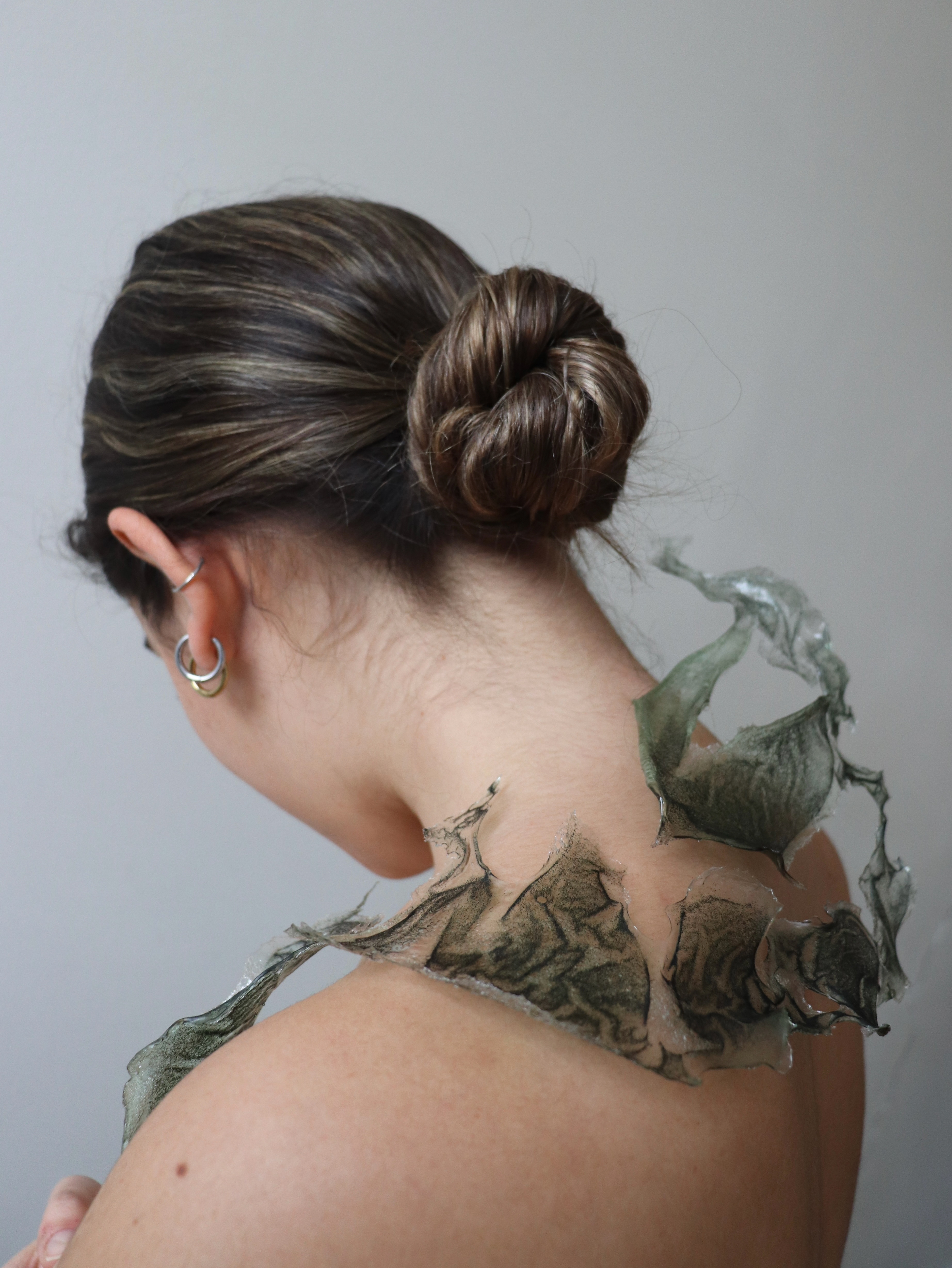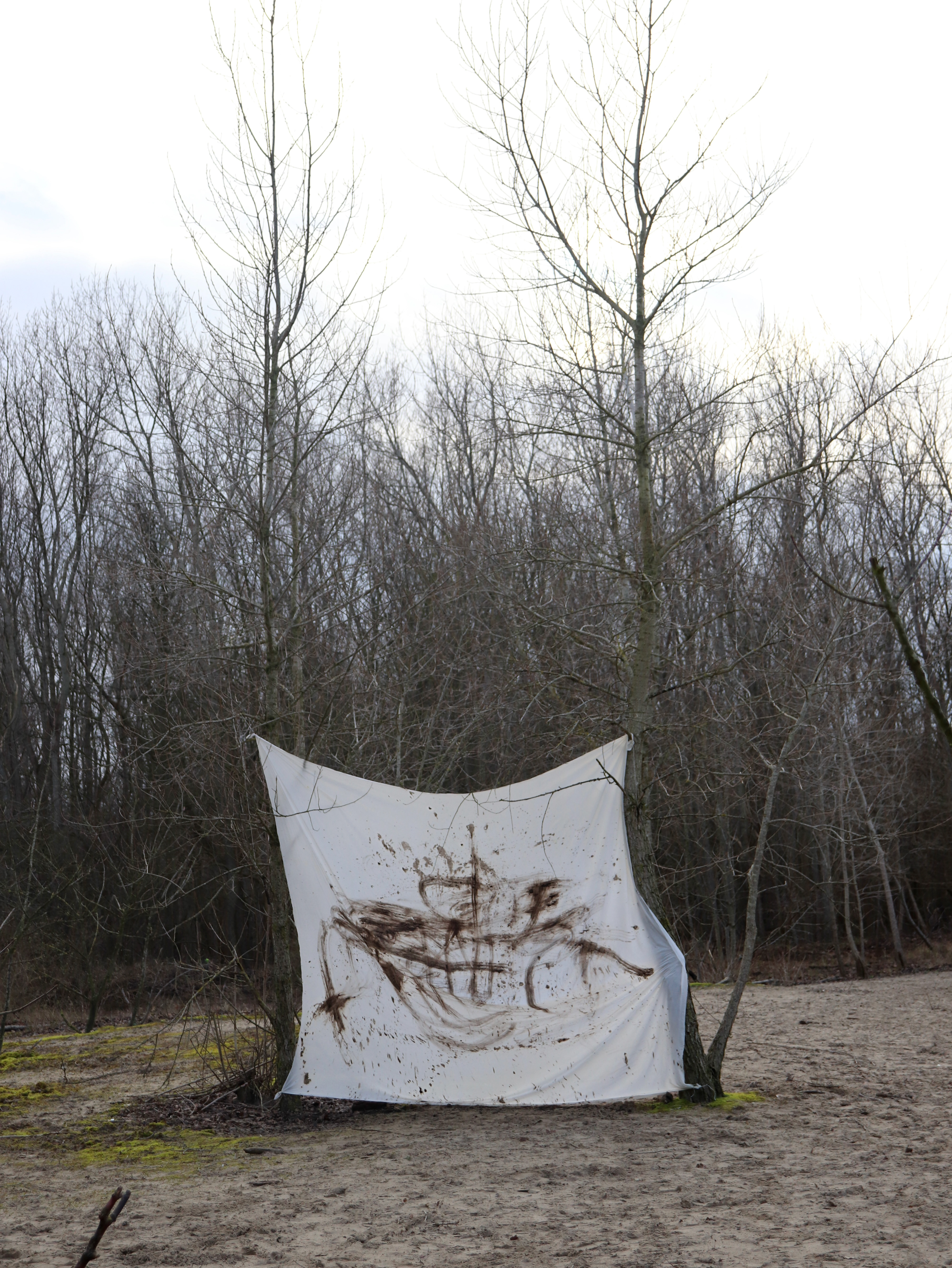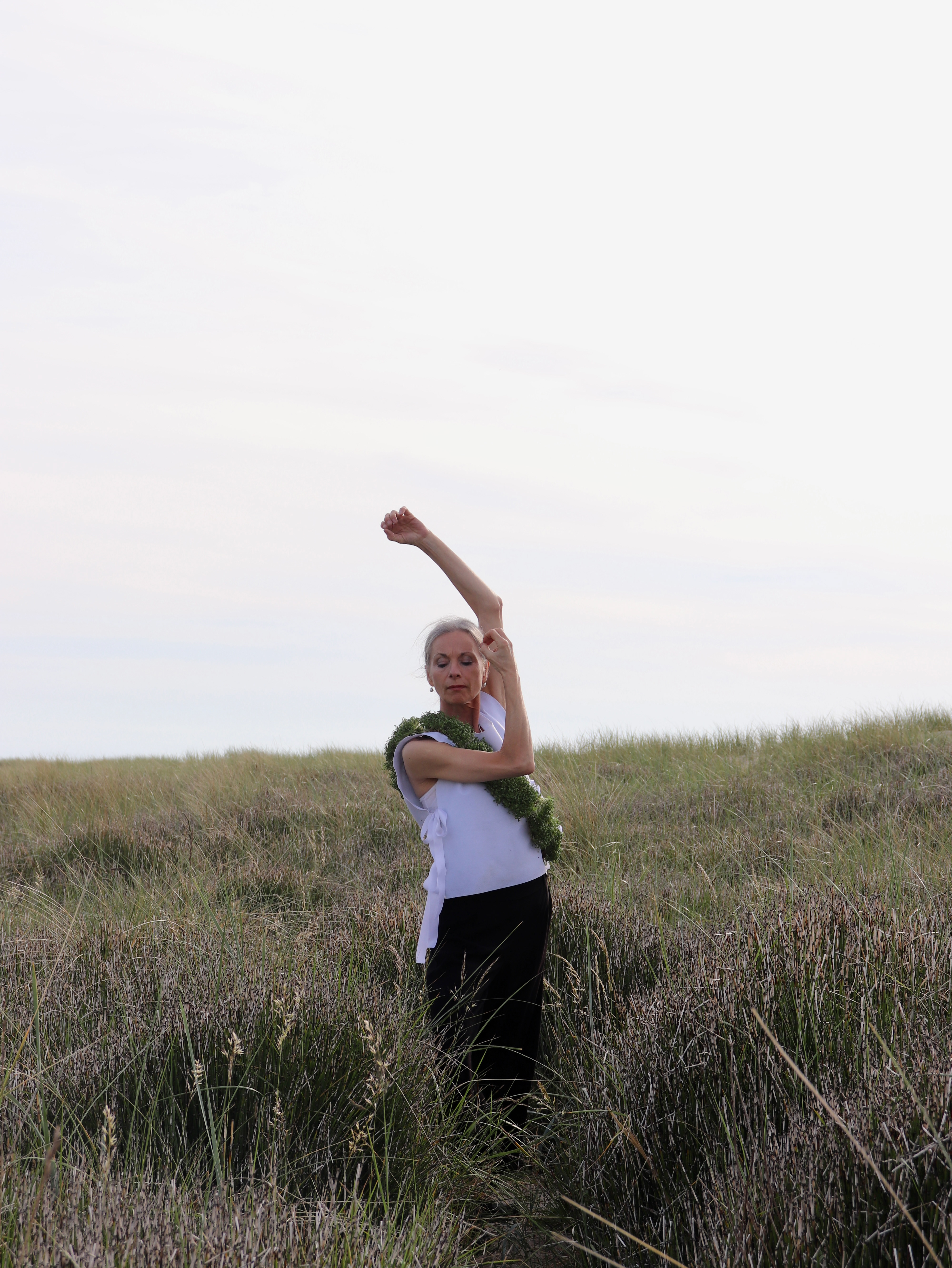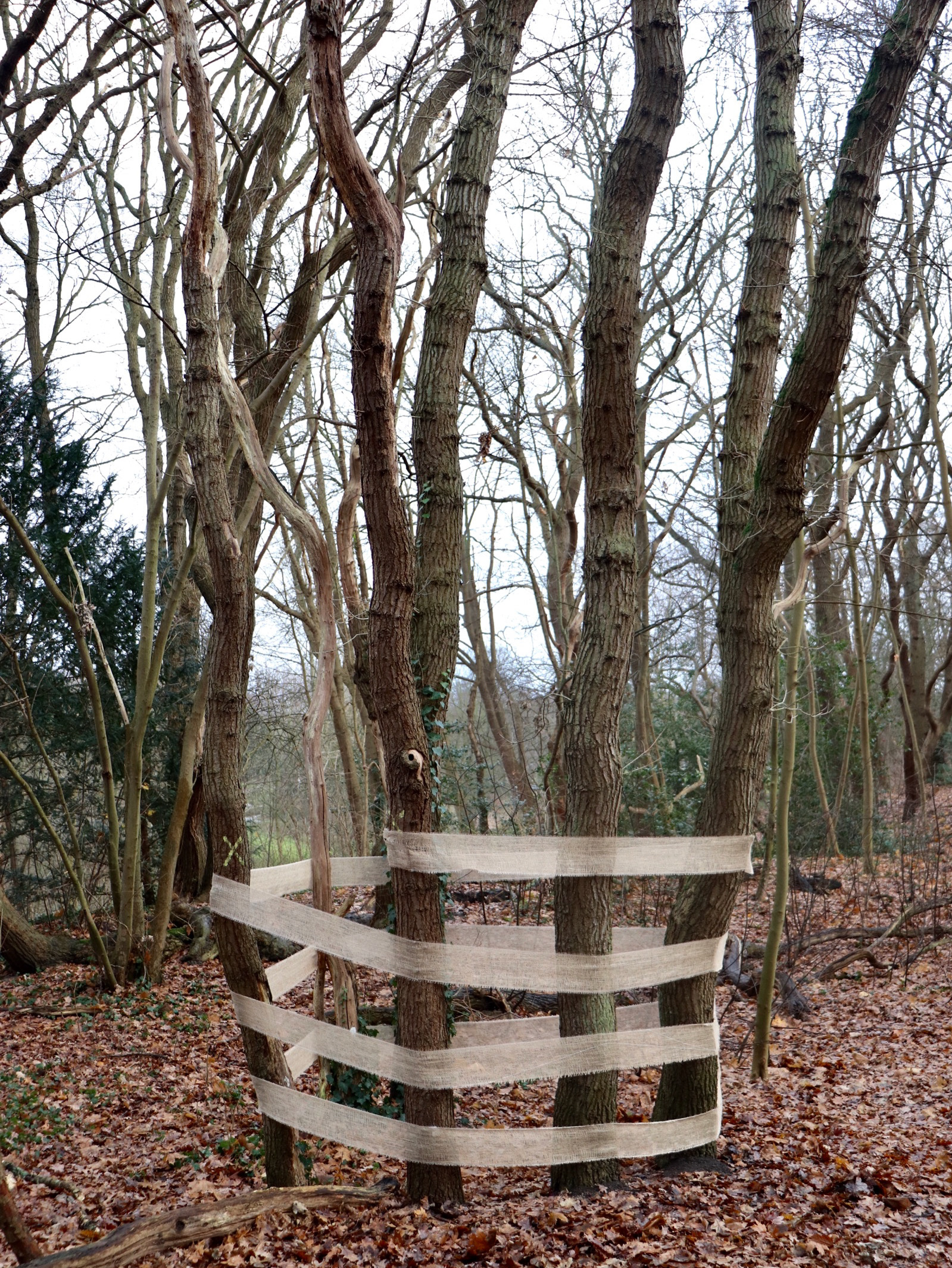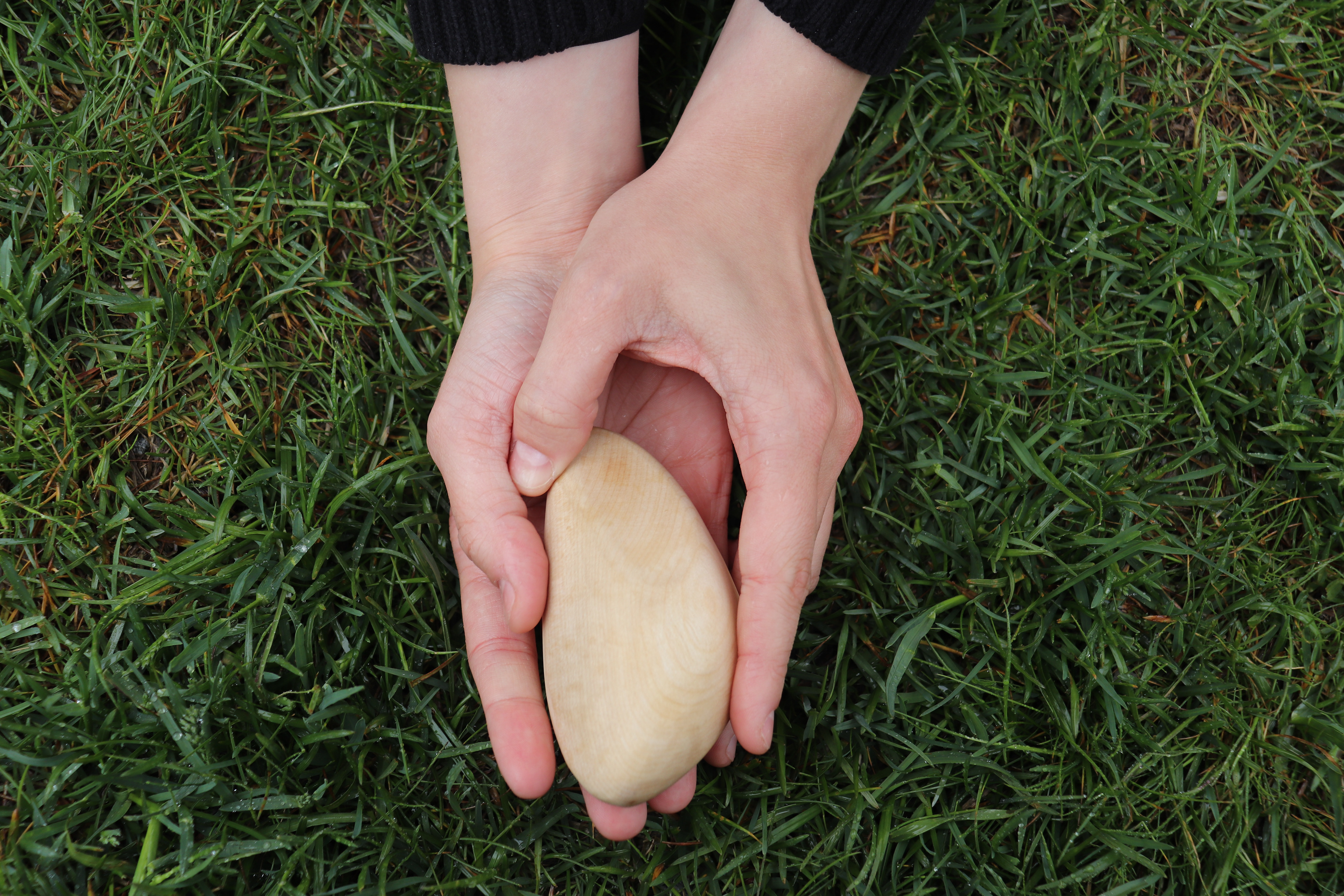
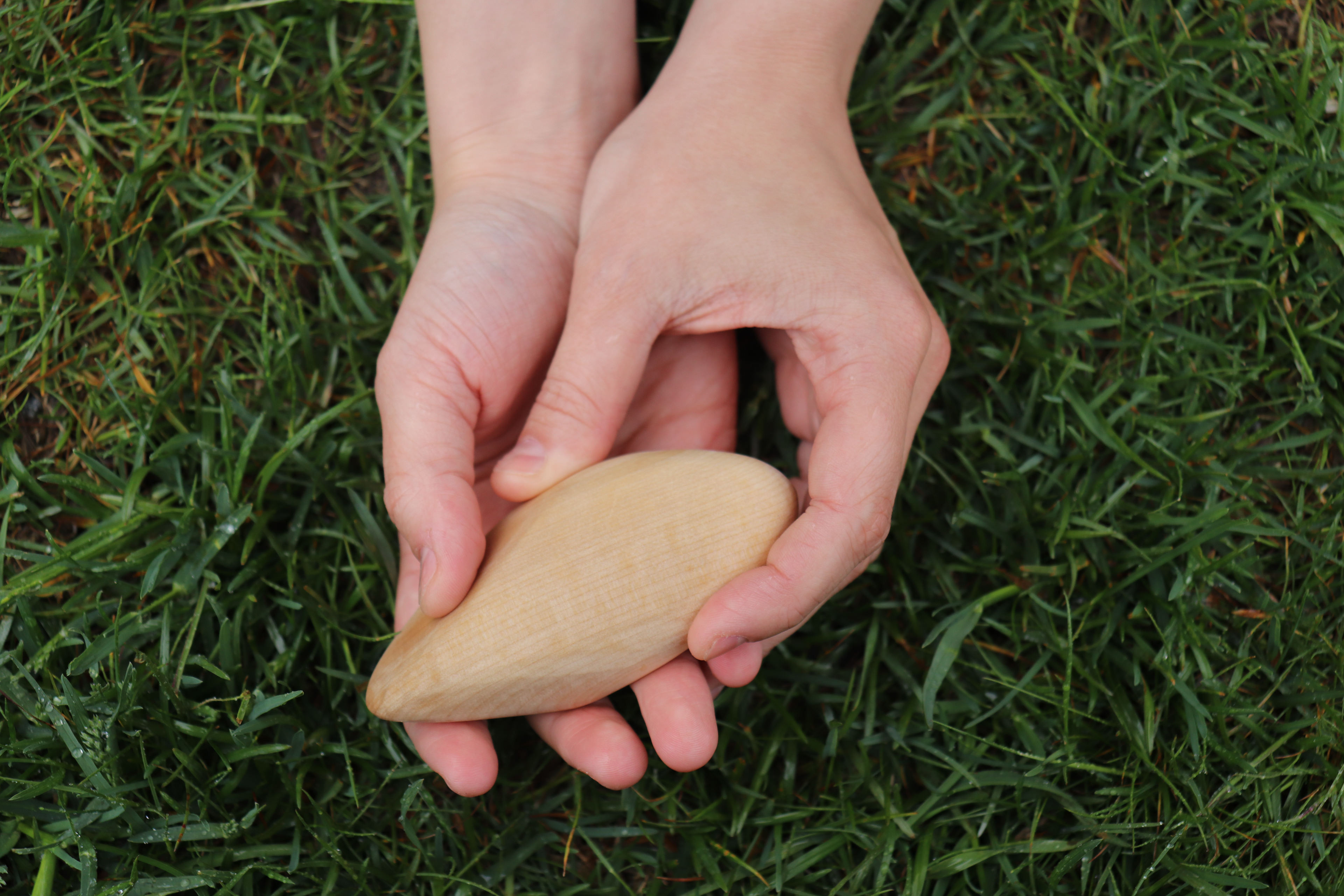
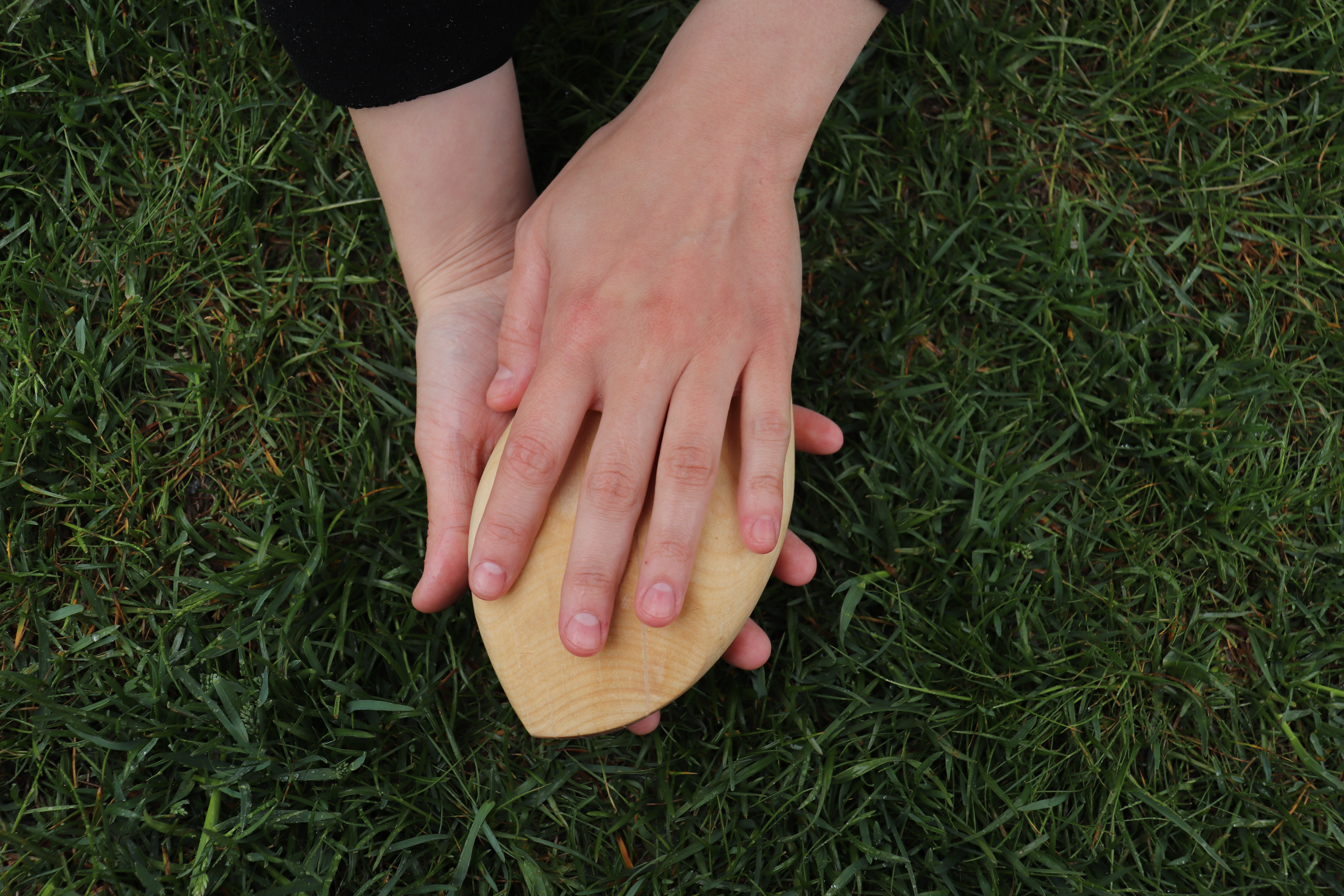
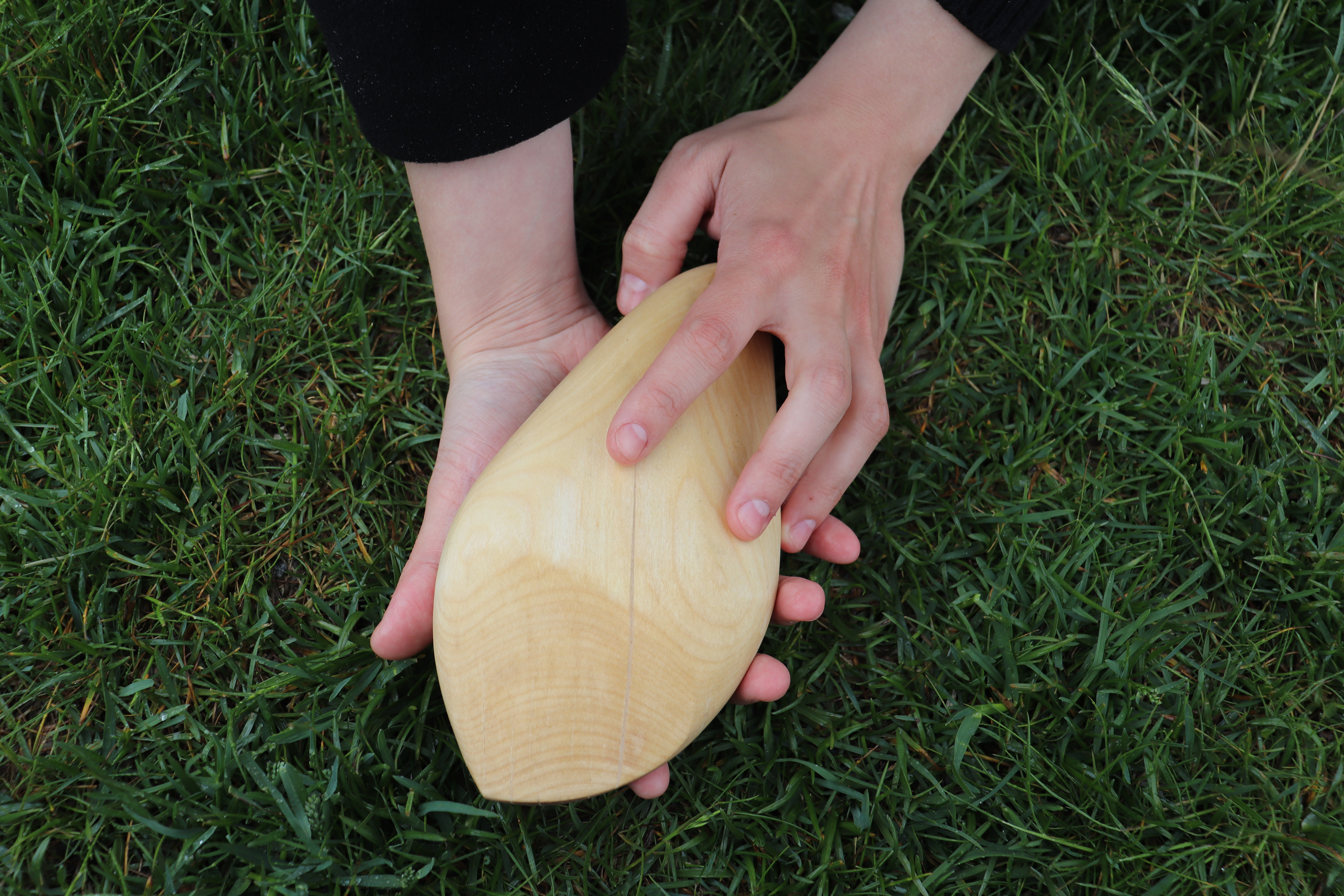
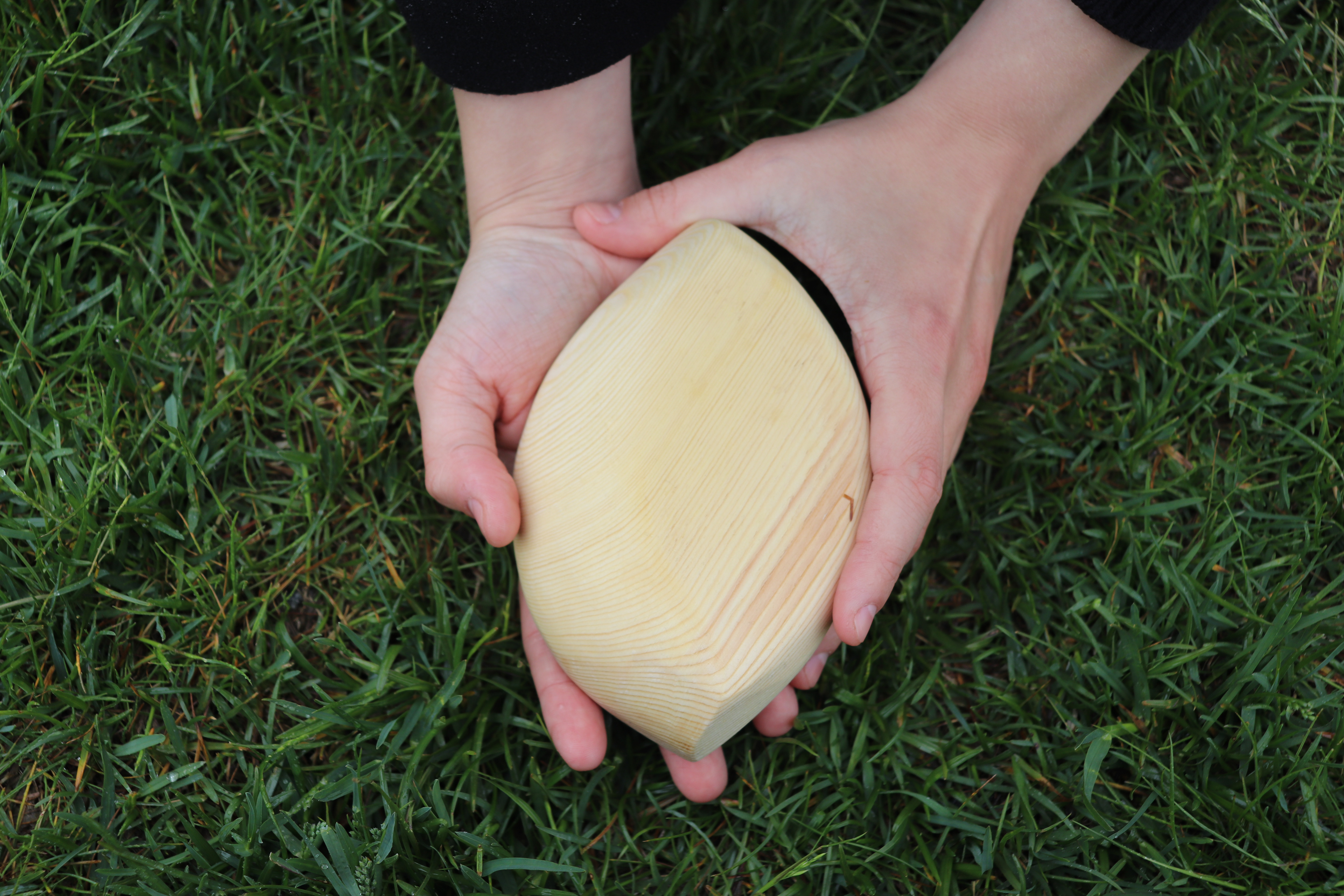
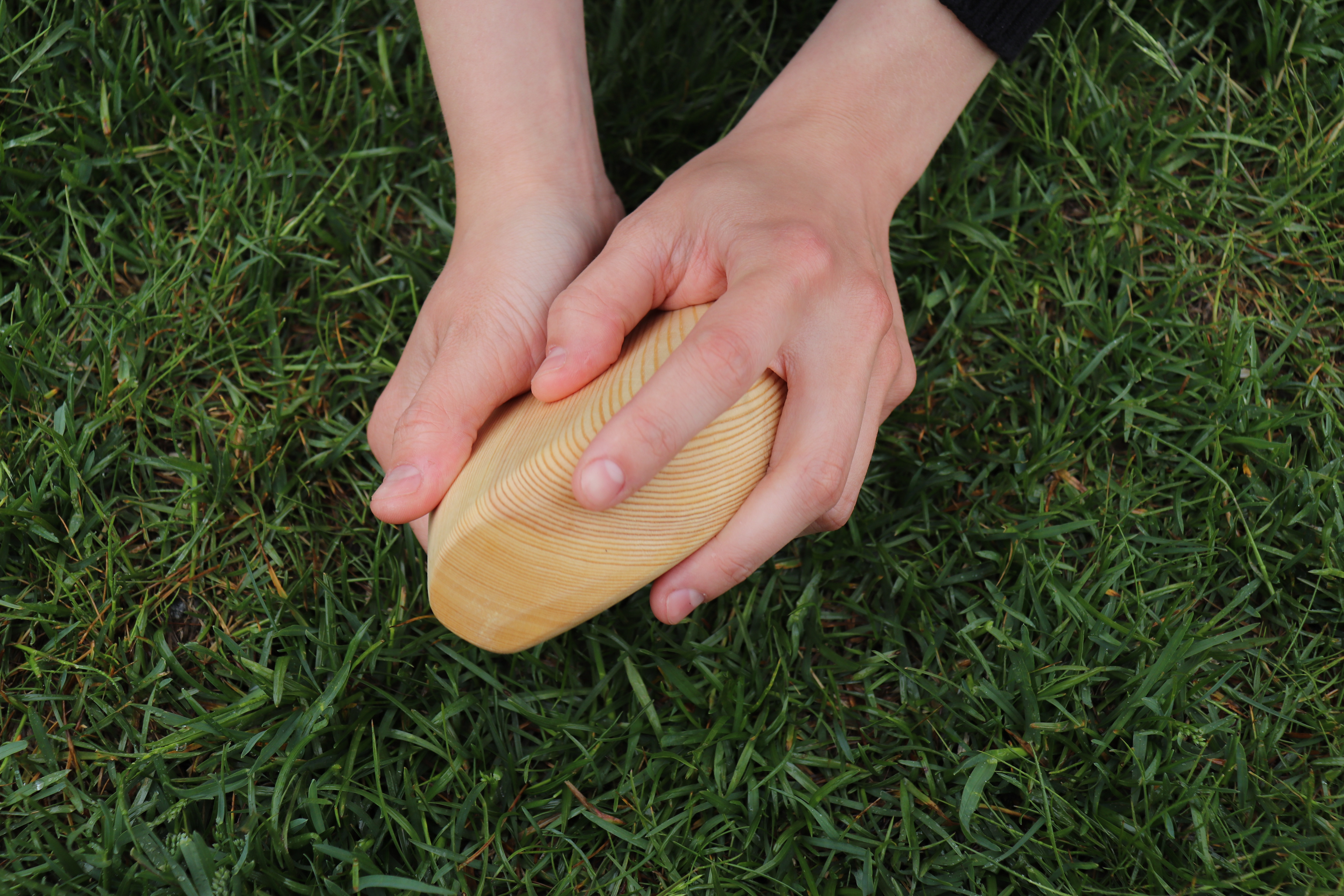
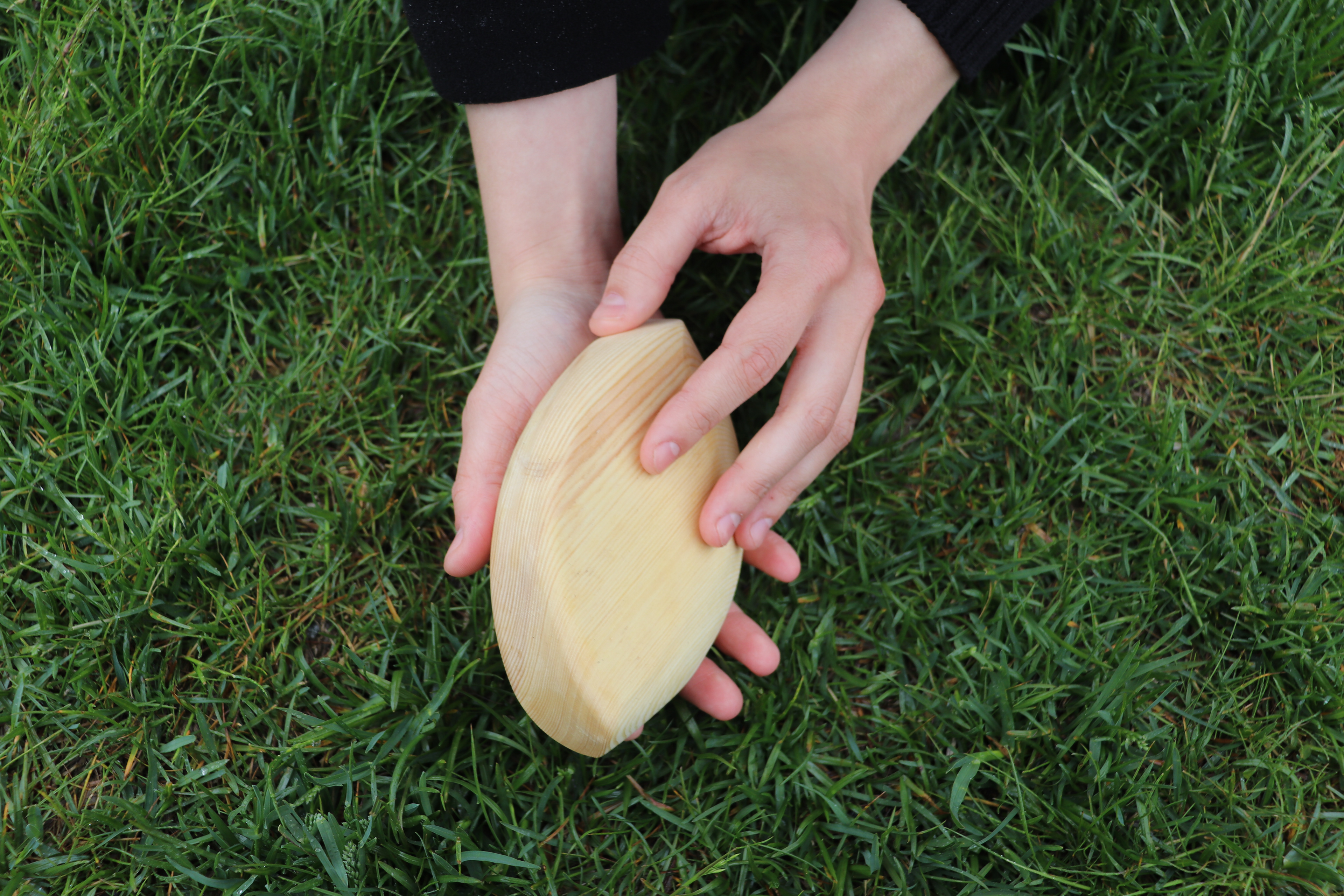
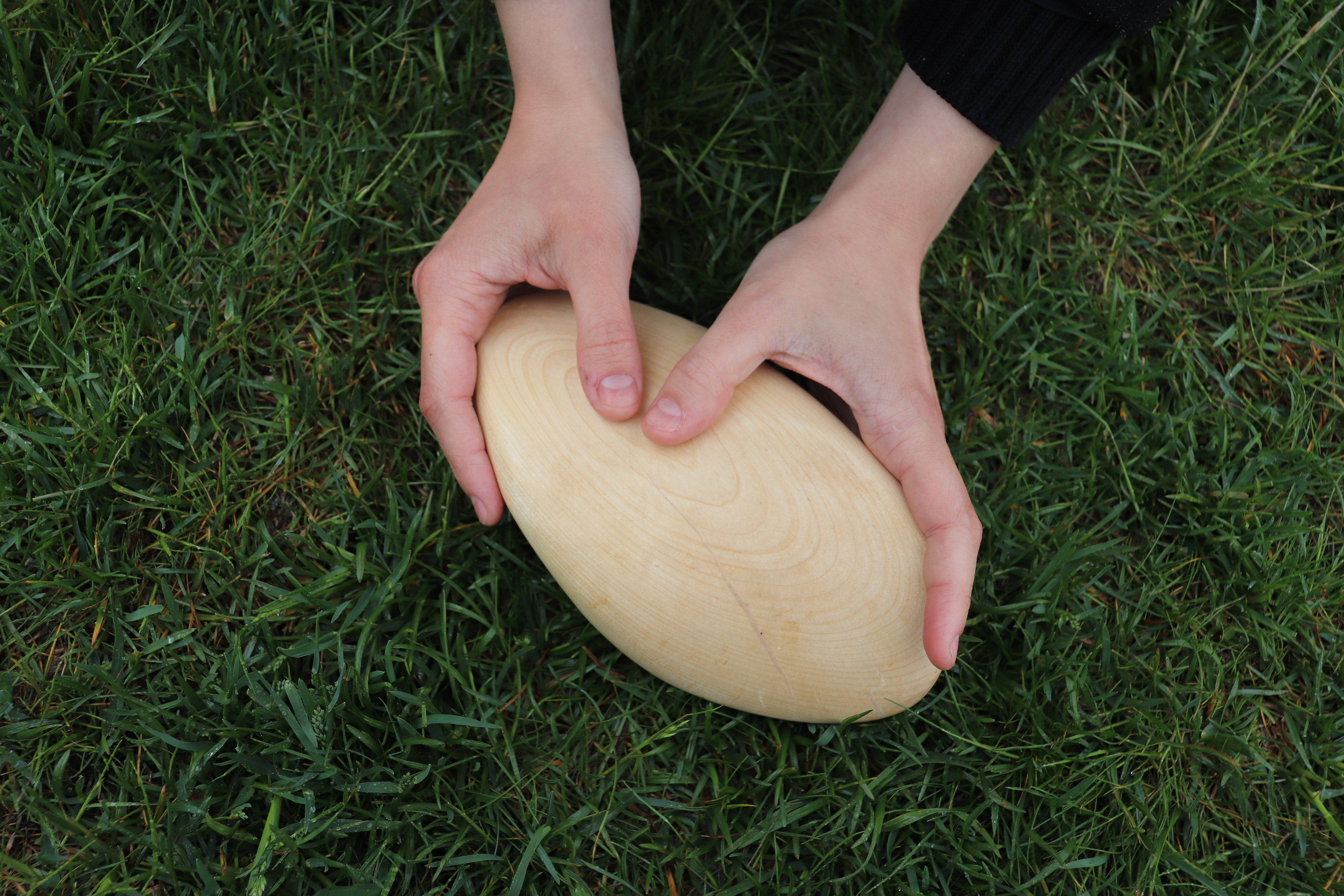
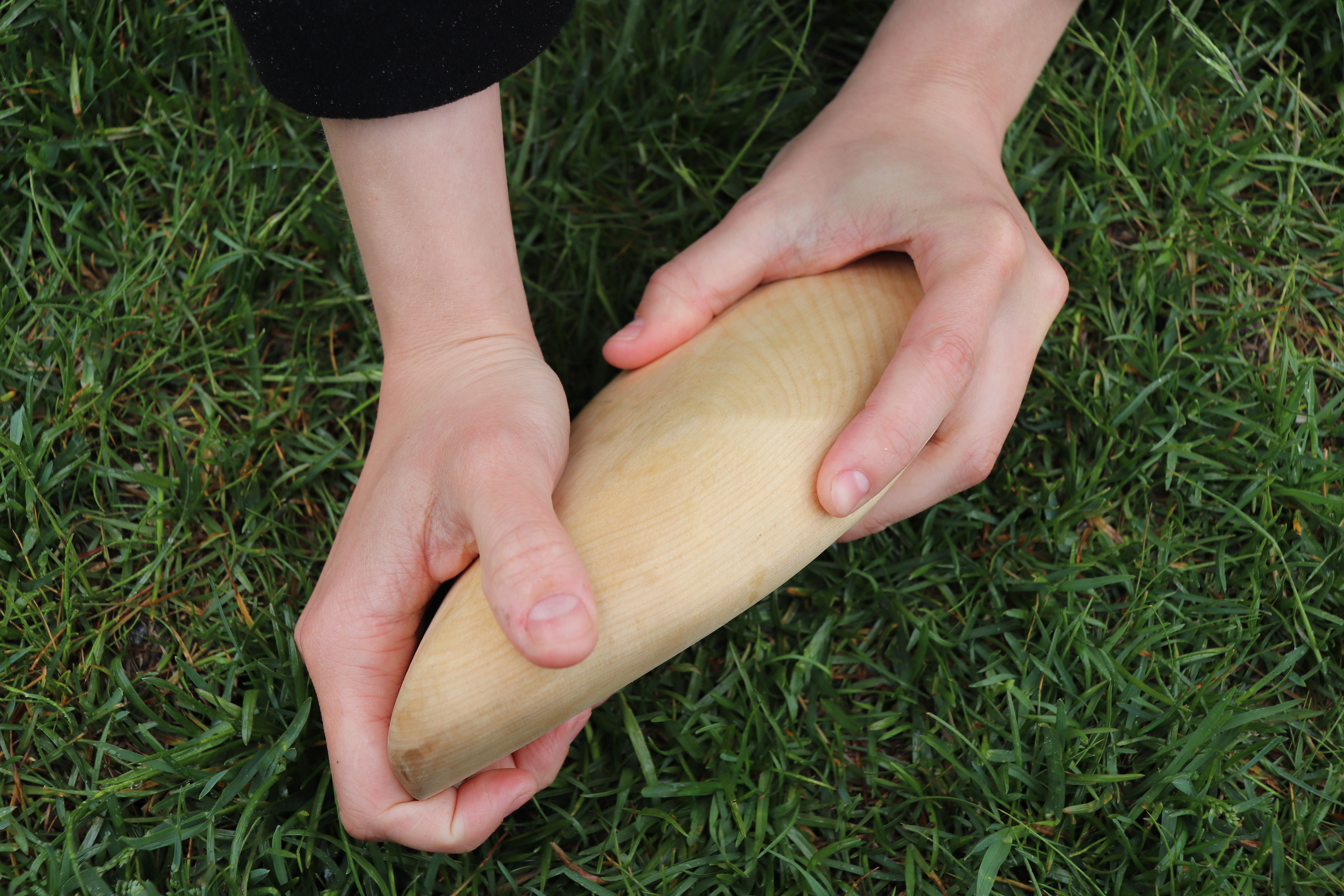
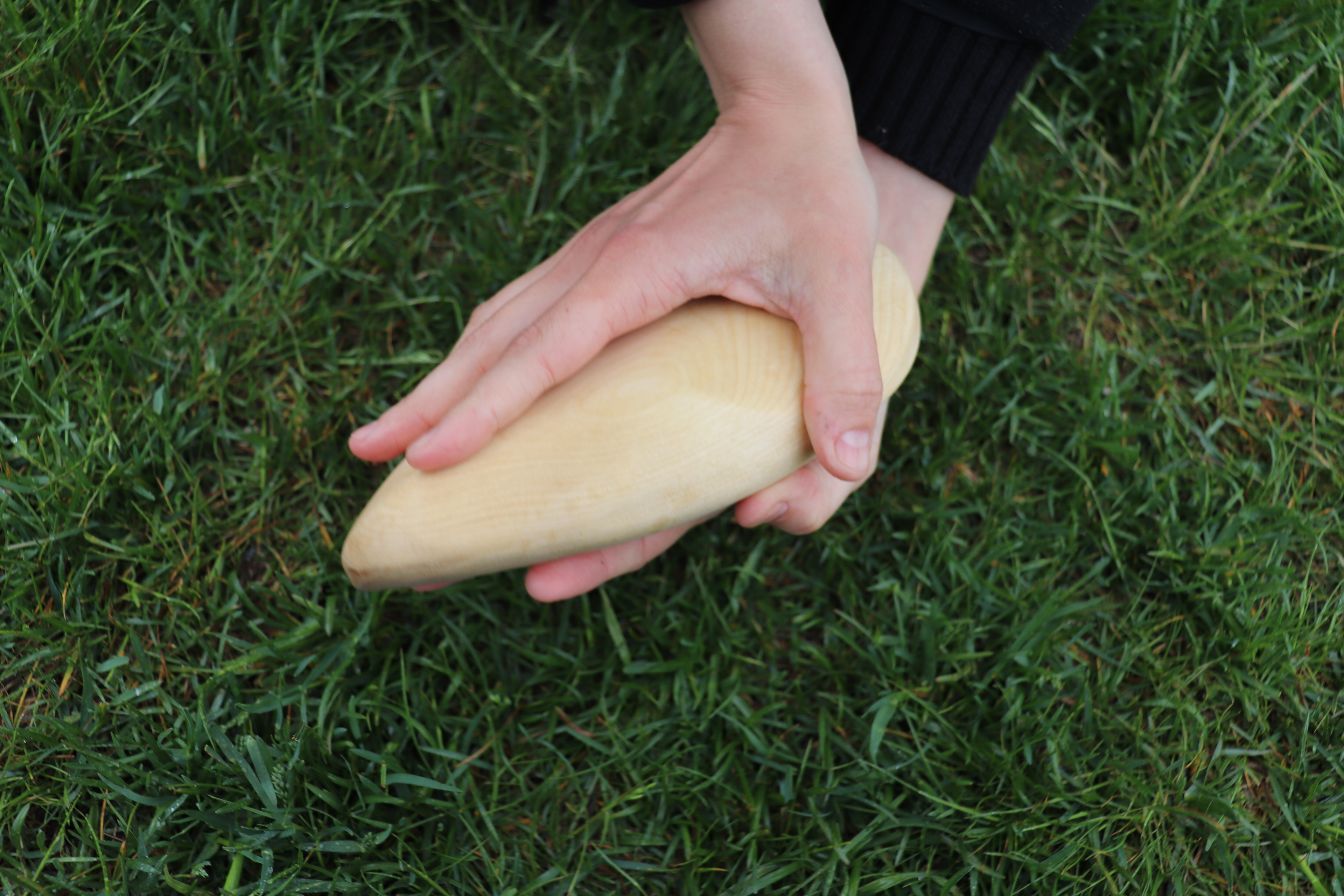
Hold On to Me proposes a methodology based on multiple automated data sources for evaluating the effects of station layout, arriving traveler flows, and platform and on-board crowding on the distribution of boarding passengers in individual cars of a metro train. The framework is applied to a case study for a sequence of stations in the Stockholm metro network.
As travel demand increases in many cities, overcrowding at public transport stations during peak hours is recognized as a major issue. On-board crowding is associated with many negative consequences, such as discomfort and stress attributed to crowding, unexpected delays, low probability of getting a seat and the risk of failing to board a train. Not getting a seat, shorter distances to other passengers and less efficient use of time during the journey cause a higher disutility of on-board crowding perceived by passengers.
This project is also a research into the relationship between people and the rest of nature, the non human world. When we talk about nature, we are in fact always talking about our relationship with nature, never about the thing itself.
This research is a measurable psychological construct that moves beyond physical contact/ interaction with nature to an individual’s inner/ mental/ emotional perspective of their relationship with the natural world.
The perceived separation between humans and nature have implications for subsequent environmental values, attitudes, and behavior to the extent of not feeling the painful price of its absence. If we do feel this absence we notice it in problems like mental illness, war, poverty, physical illness like cancer, climate change, deforestation, plastic in the oceans, nuclear radiation, and dwindling biodiversity - all evidence that we are out of harmony with our planet. We live remote from nature, denying its rhythms and processes in ourselves.
With cities growing and our surroundings changing rapidly in urban settings, it is important to restore contact with nature for the physical well being and efficiency of the human being. We live in a world where nature is being destroyed for the benefit of humans. Once we have removed all nature we find ourselves trying to bring it back into our lives.
This is called the “biophilia hypothesis” which is the idea that humans have an innate impulse to look for a connection with nature. More and more we keep expanding and we find ourselves in environments that are lacking in nature.
Hold on to me sets out to reintegrate this biophilic tendency back into society, especially in more modern urban environments, attempting to create a symbiosis between human and nature.
As part of the research process, I created four divergent Jewelry pieces by which I can measure pro-nature conservation behaviors. It is a form of qualitative research, which focuses on collecting, evaluating, and describing non-numerical data.
In this research I simply consider myself as the observer and the placer of a catalyst for this new interaction. This research moves between different environments. Our natural and unnatural environments. It has two types which support my research; The Inner Environment and The Outer Environment. This research examines culturally, socially, historically and scientifically. This particular ecological idea—that what matters is found in relationships rather than things between us or within us—is a big focus of much of this work.
The four objects are designed to calm your mind and nervous system by distracting you from stressful situations. This will be used by passengers during arriving traveler flows, and platform and on-board crowding on the distribution of boarding passengers in individual cars of a metro train of the Stockholm metro network.
The forms for these objects originate as abstractions of organic things which you can find in nature. They originate from natural materials such as natural remains. These are then processed and combined in such a way that a fast form can be assumed. By using natural materials, natural smells also come into play. Together with feeling and holding, these then play a major role in the relationship between user and 'object'. Herewith the work is one that is to be experienced somewhat through sight, but predominantly through touch and smell. By using the human senses in these ways I create a playful confrontation between man and nature.
The object fits comfortably in the palm of your hand. This will encourage good blood circulation, and as you repetitively squeeze it, stress, tension, and other negative emotions decrease or subside. Manipulating the object stimulates the brain to release feel-good endorphins, which are natural sedatives and pain relievers. Holding on to the object also stimulates nerves in your hand which connect to the brain’s limbic region (the area of the brain associated with emotions), promoting feelings of calm and relaxation.
Physical touch can do a lot to relieve your stress. Hugging a loved one can be especially beneficial. With the ability of holding or hugging the object oxytocin (also known as the "cuddle hormone") is released. Oxytocin is associated with higher levels of happiness and lower levels of stress. Oxytocin also causes a reduction in blood pressure. It reduces the stress hormone norepinephrine and can produce a sense of relaxation.
The object is combined with the savore of a scent. Is there a fragrance that appeals to you? This might be a cup of thea, an herb or spice, a forest, or your garden. Inhale the fragrance slowly and deeply and try to note its qualities (sweet, spicy, sharp, citrusy, and so on).
In forming this piece of work I use the subject area jewelry as a concept. I have "thought" about jewelry because of how closely it relates to the body and how emotionally charged items are that we wear close to the body. How we hold the jewelry against our bodies while we stare in the mirror, trying to find the ideal location for it, is about the inner closeness to the objects.
It would be presumptuous to hope that someone may experience resonance in this area, yet I used resonance as a motif in my work. The user must take into account the surroundings' objects and people's movements. You must participate in this dance with empathy.
We can start to dismantle some of the barriers and incorrect hierarchies that divide us from other species and the rest of the planet by reconsidering intelligence and the ways in which it manifests in other beings. We will then be able to establish new bonds based on respect and recognition for one another.
I will shape my research through confrontation, surprise etc.. Not only does this offer an insight into my own fascinations of relationships in between but the reactions will be recorded and filmed etc and presented for others who were not able to experience the work to gain insight. Through this form of playful confrontation I invite the visitors to reassess their relationship with the more- than human world.
-
The film captures peoples first encounters with the objects as well as the connection they developed to them over time. What place did the objects take in their daily routines, amongst their other belongings? How did the objects gain meaning in the context of personal stories, both to the residents and to an audience watching the footage? Out of this collaborative research, a new artwork emerged: a film of 6 minutes, in which human and objects give meaning to each other.
